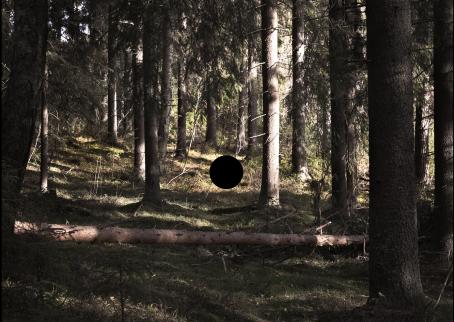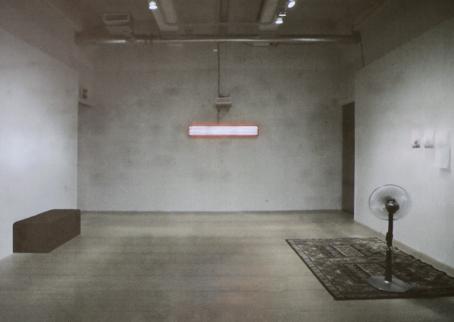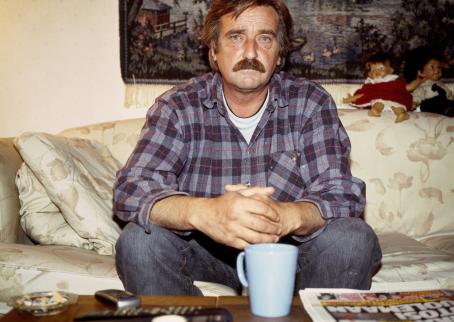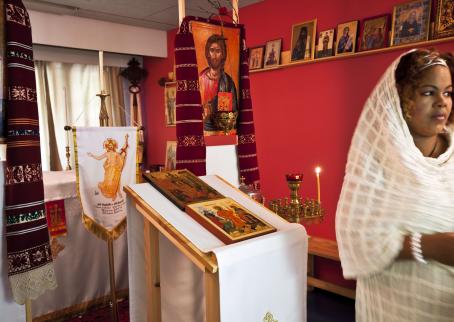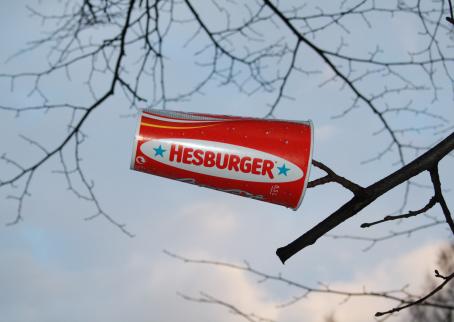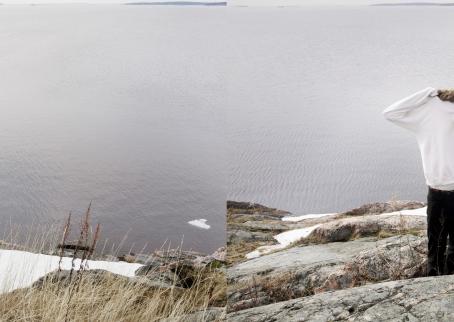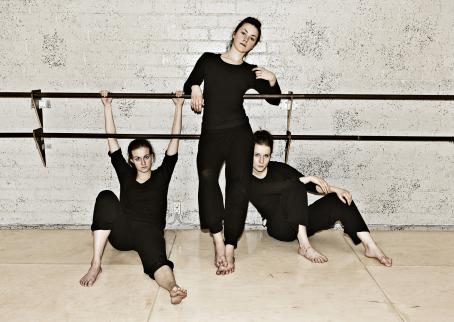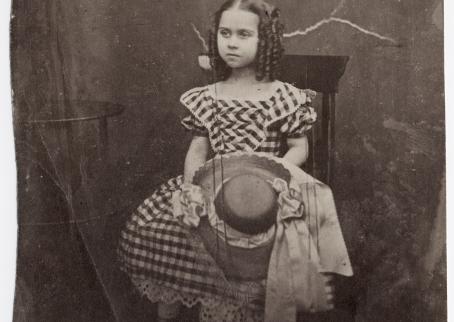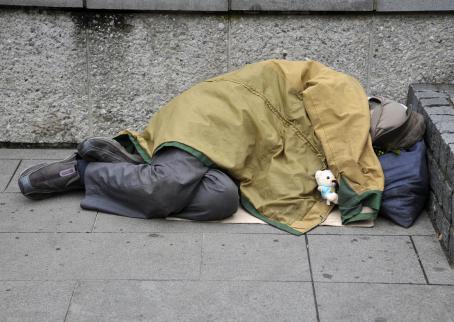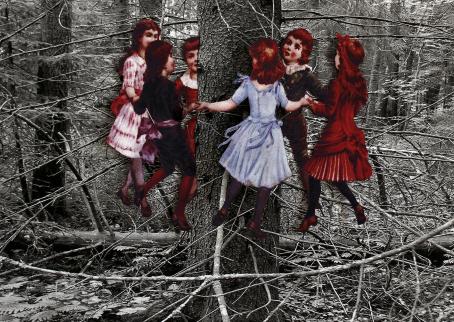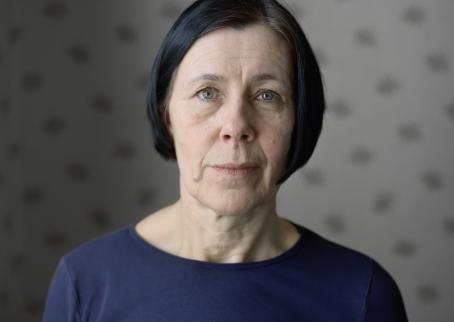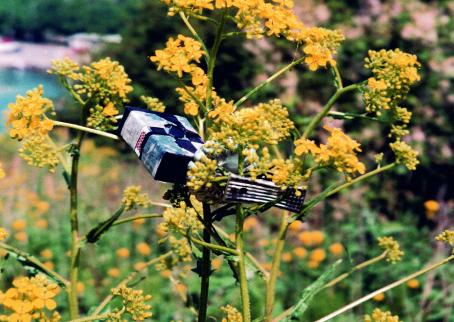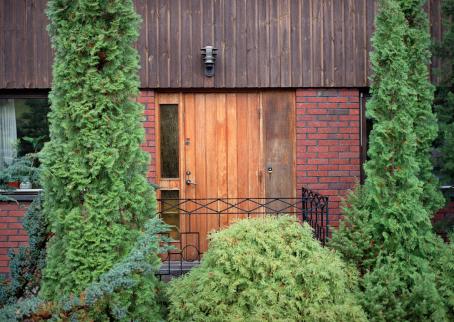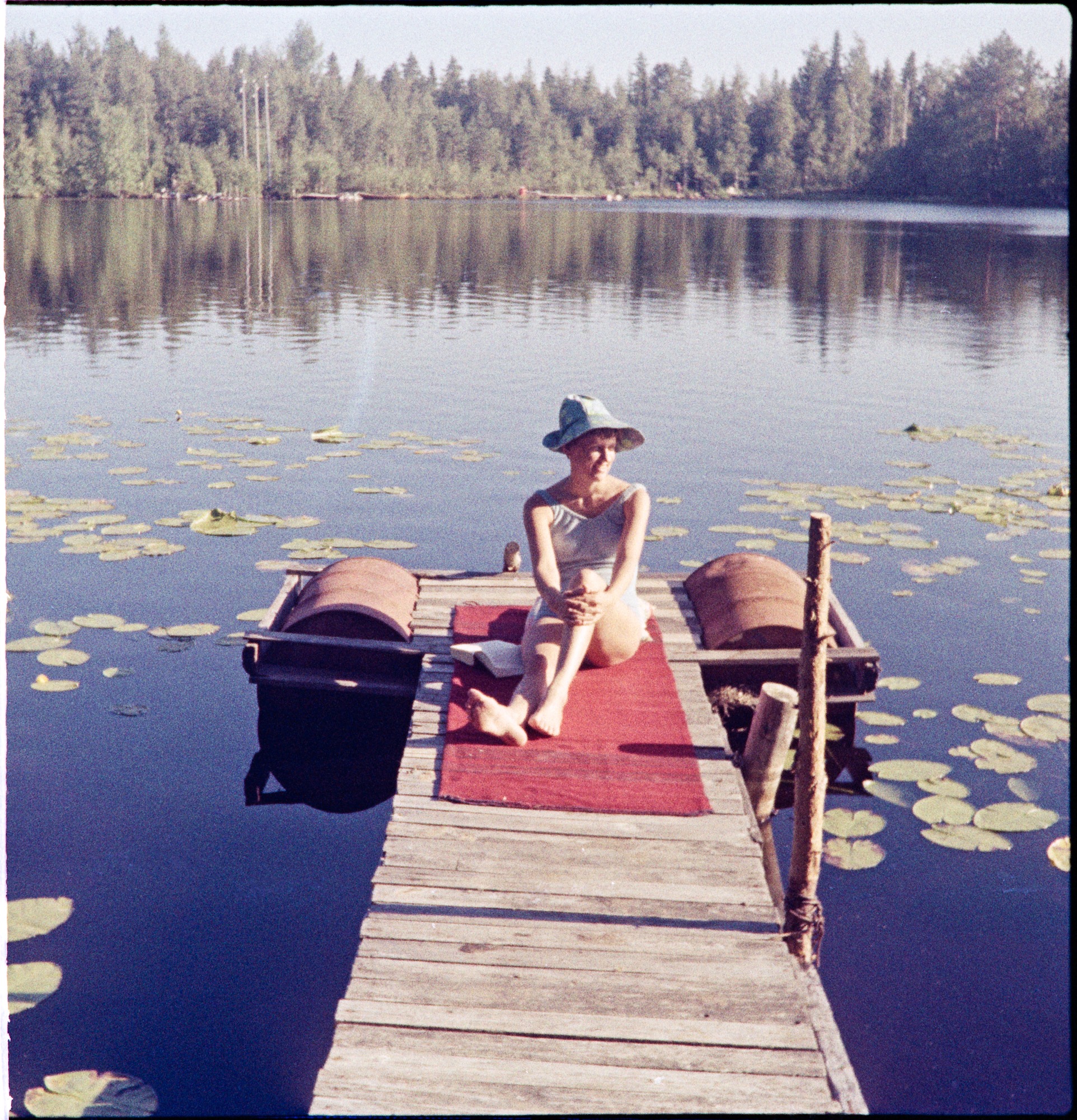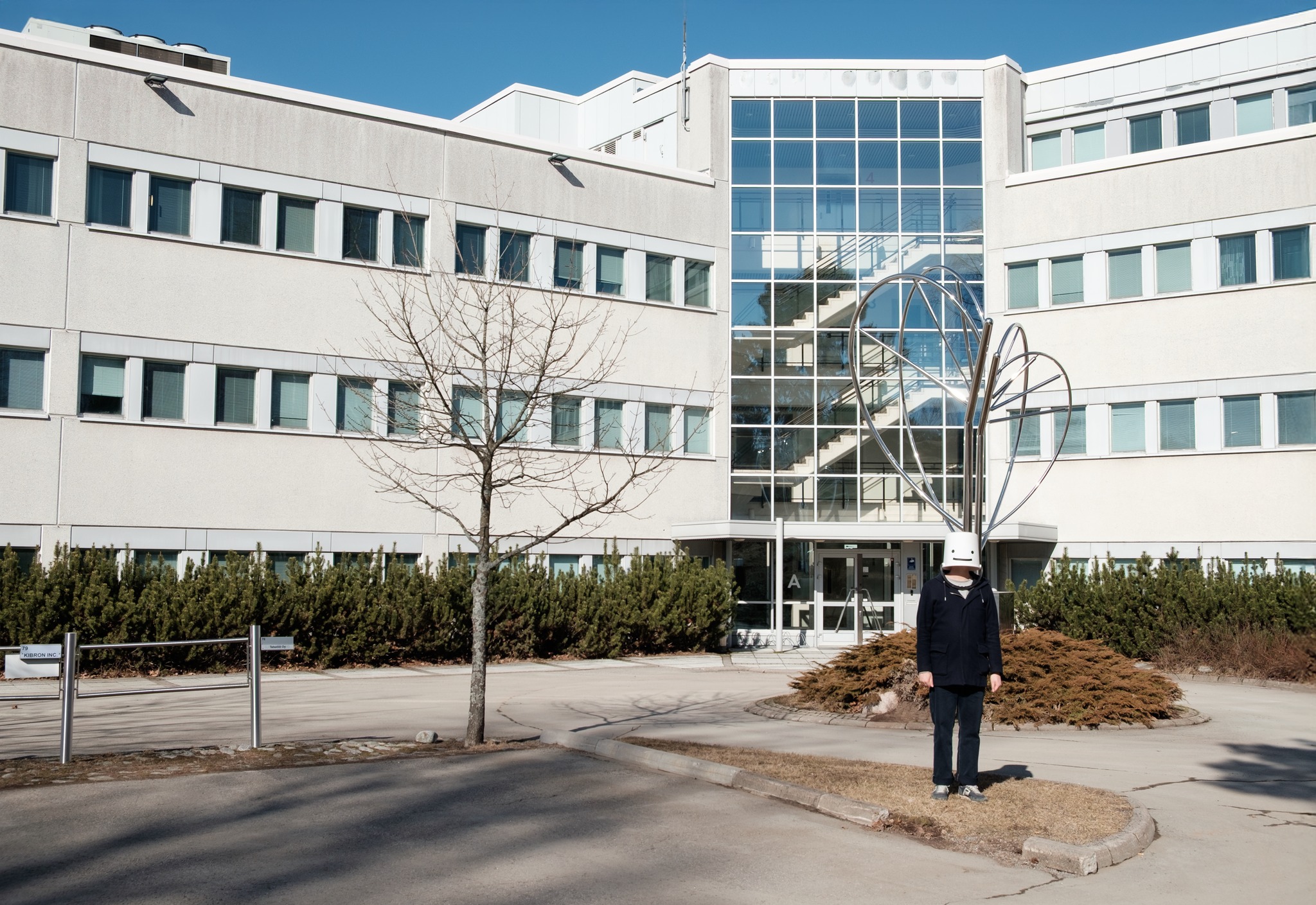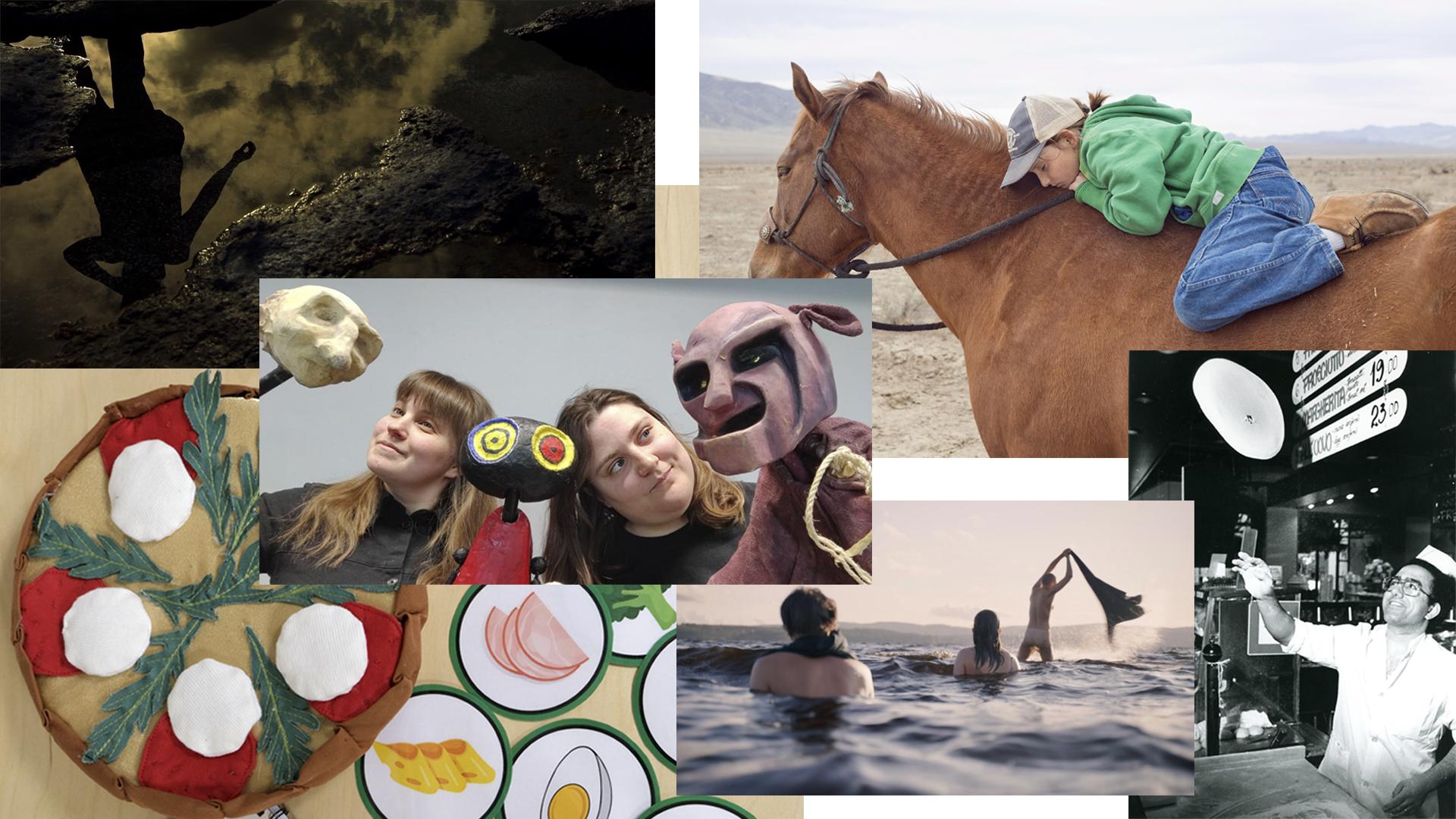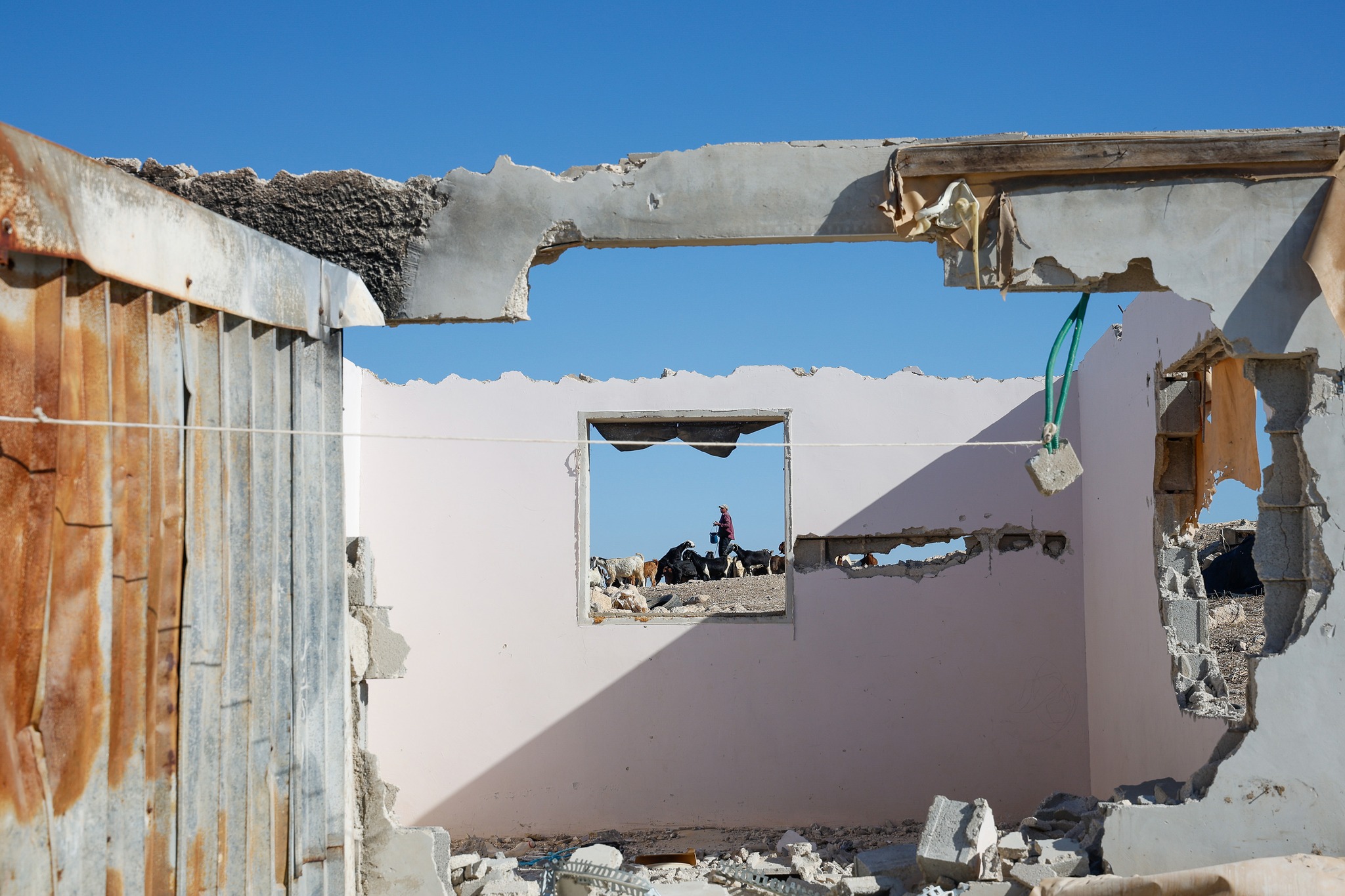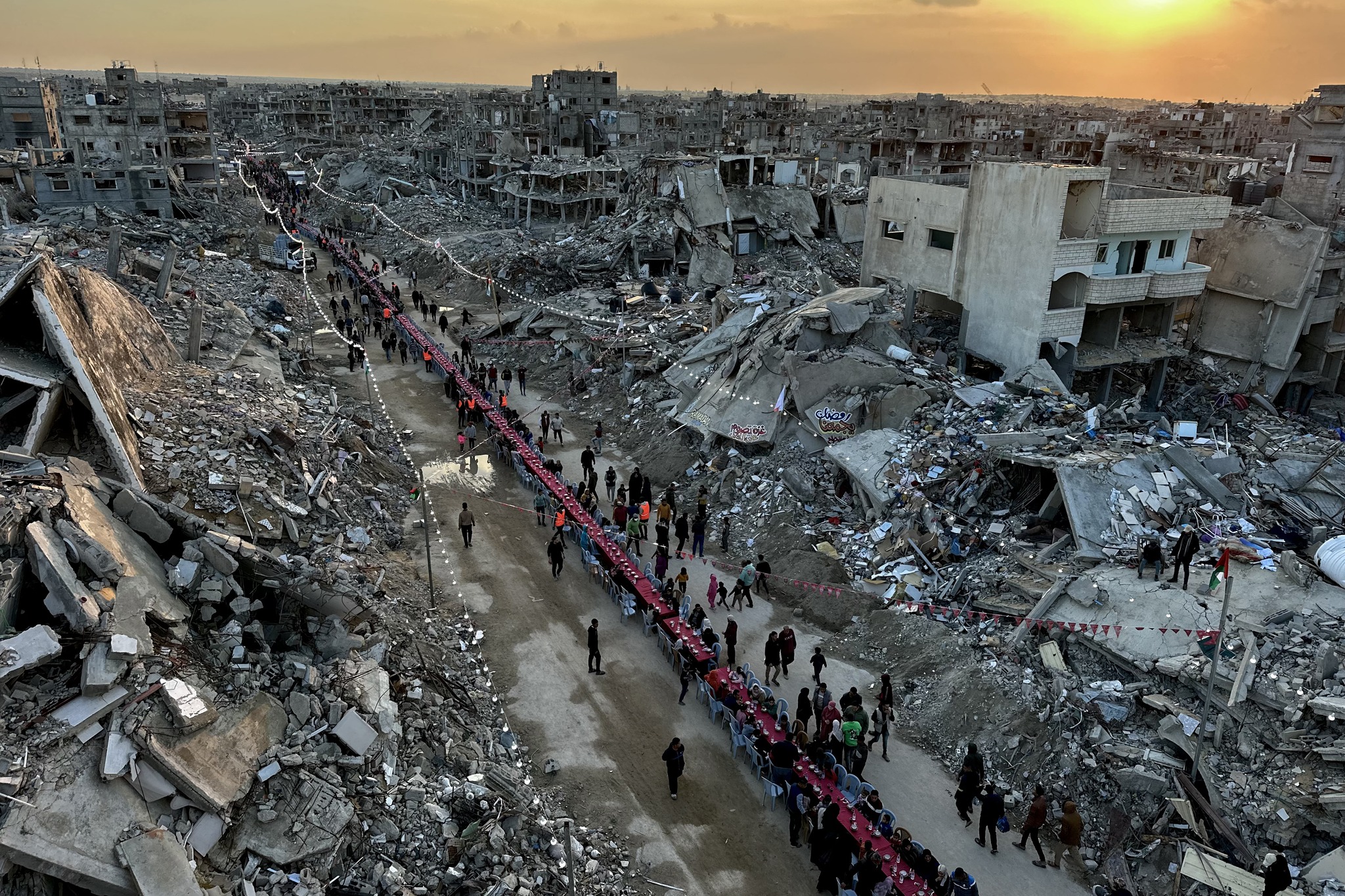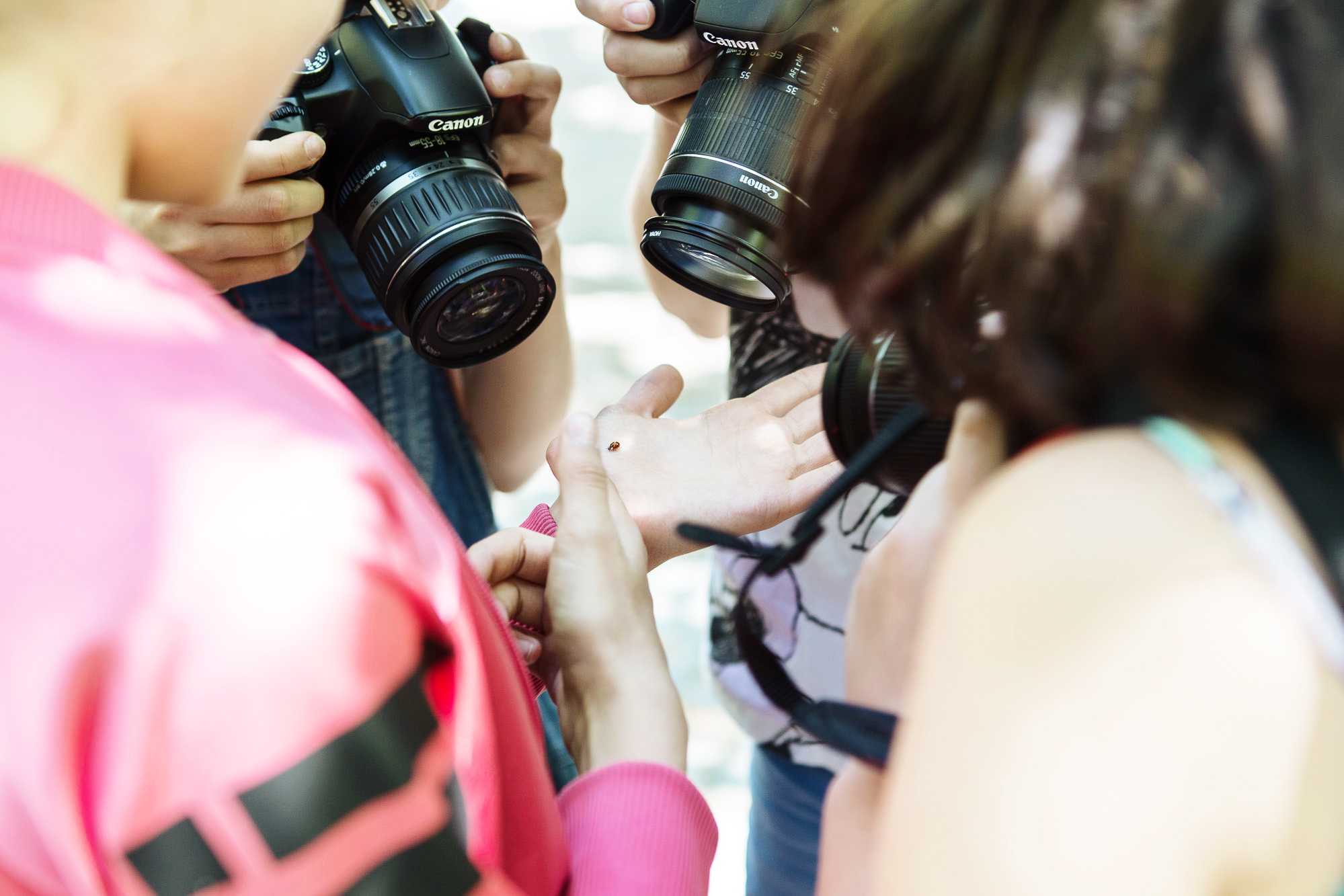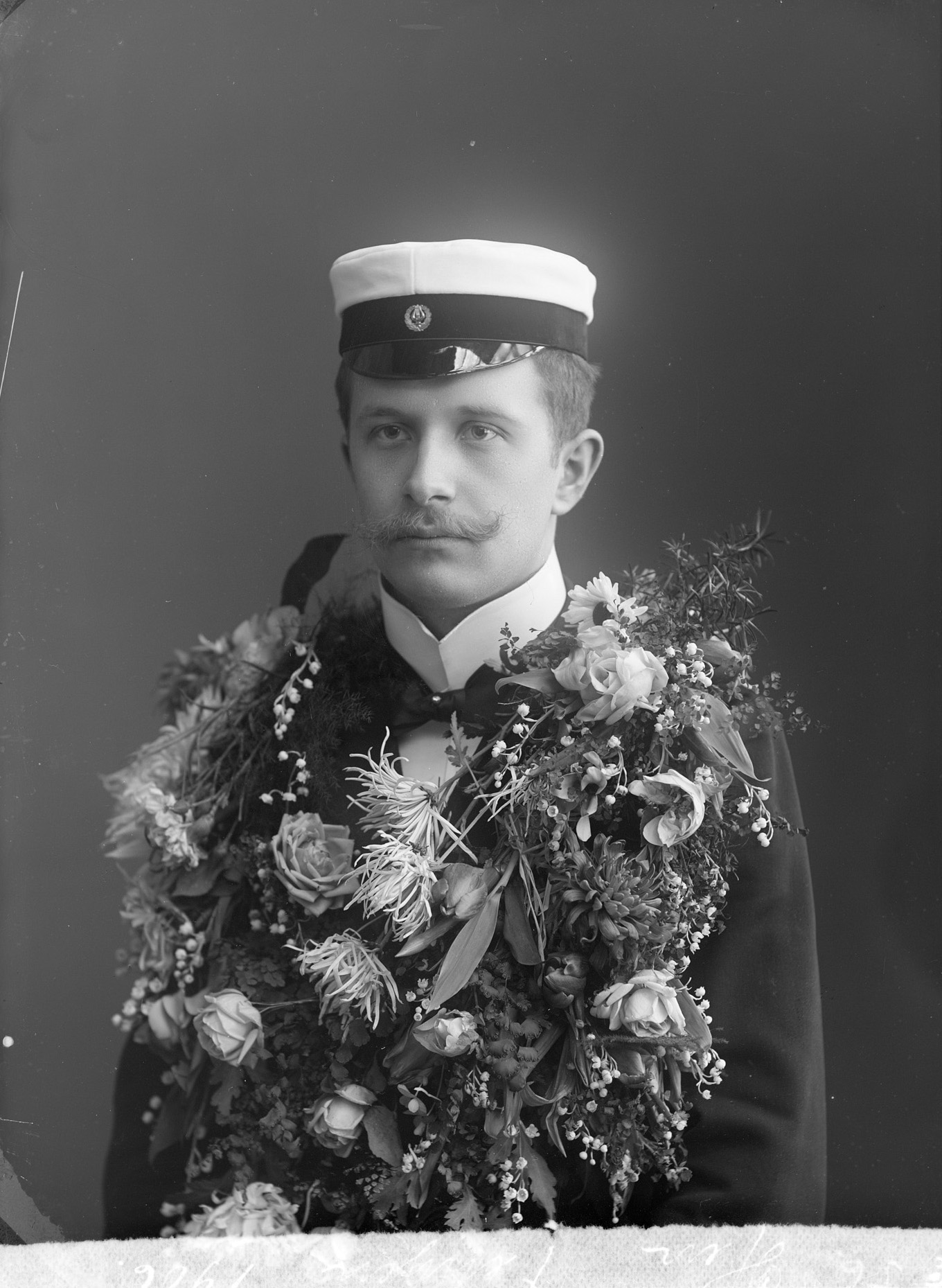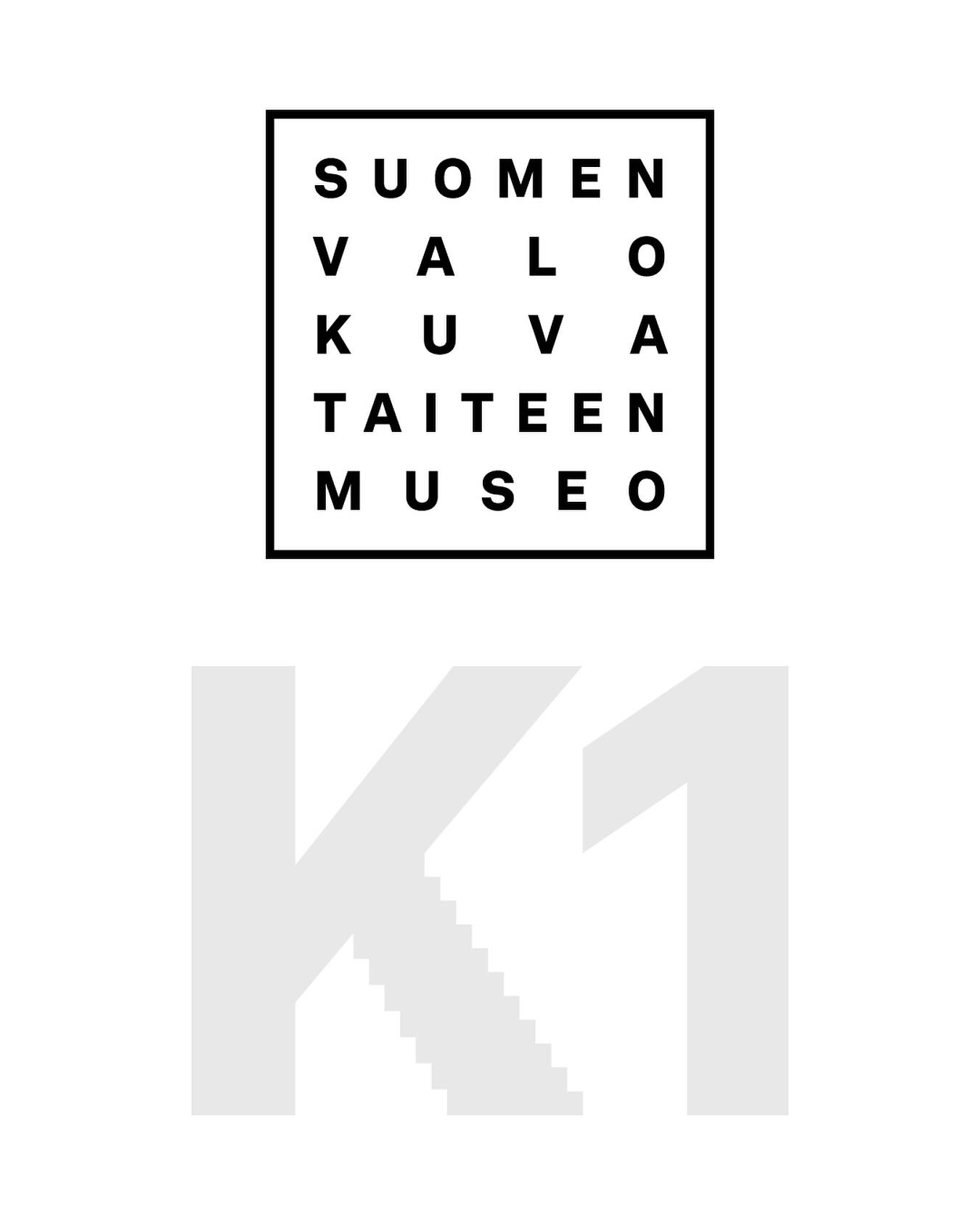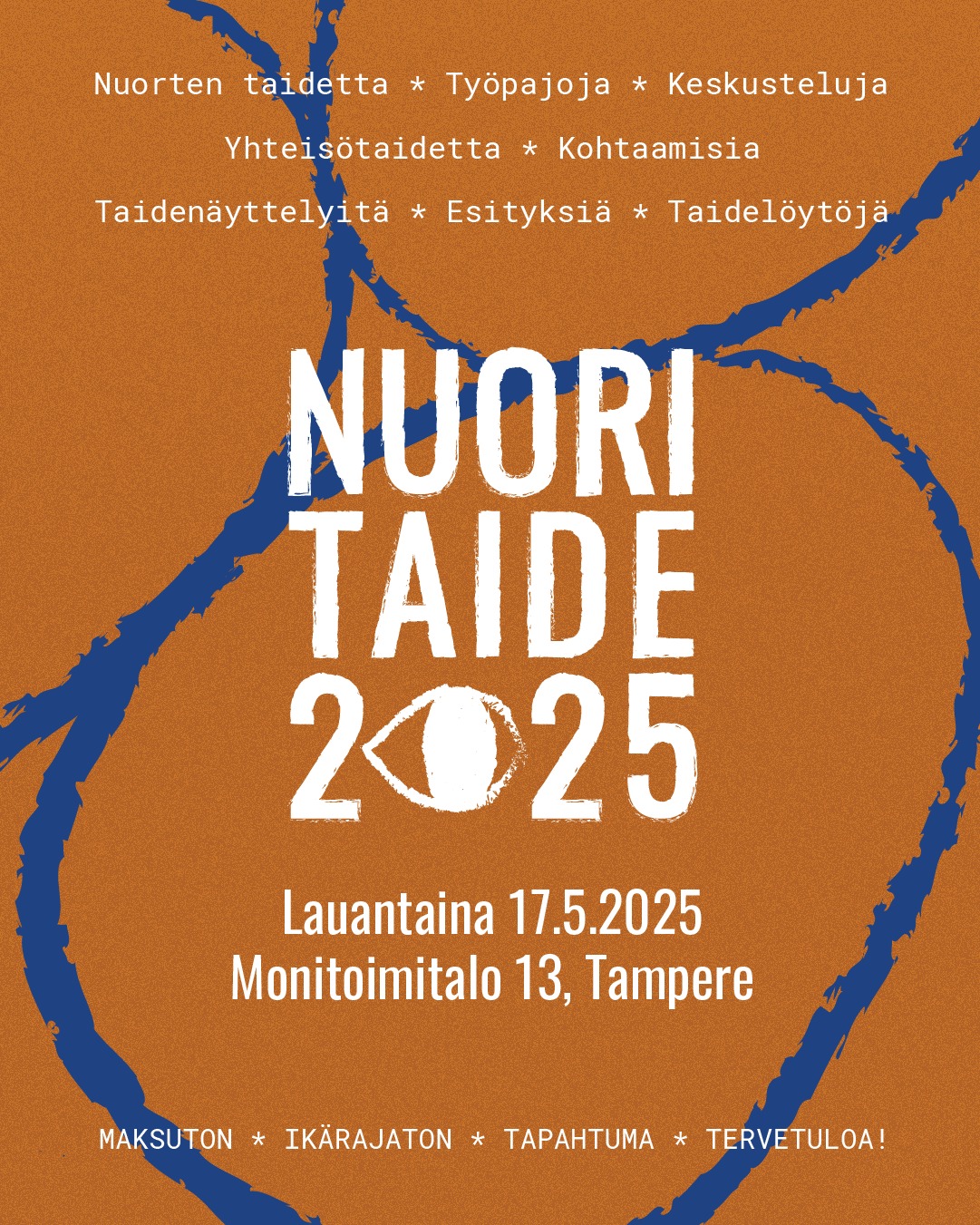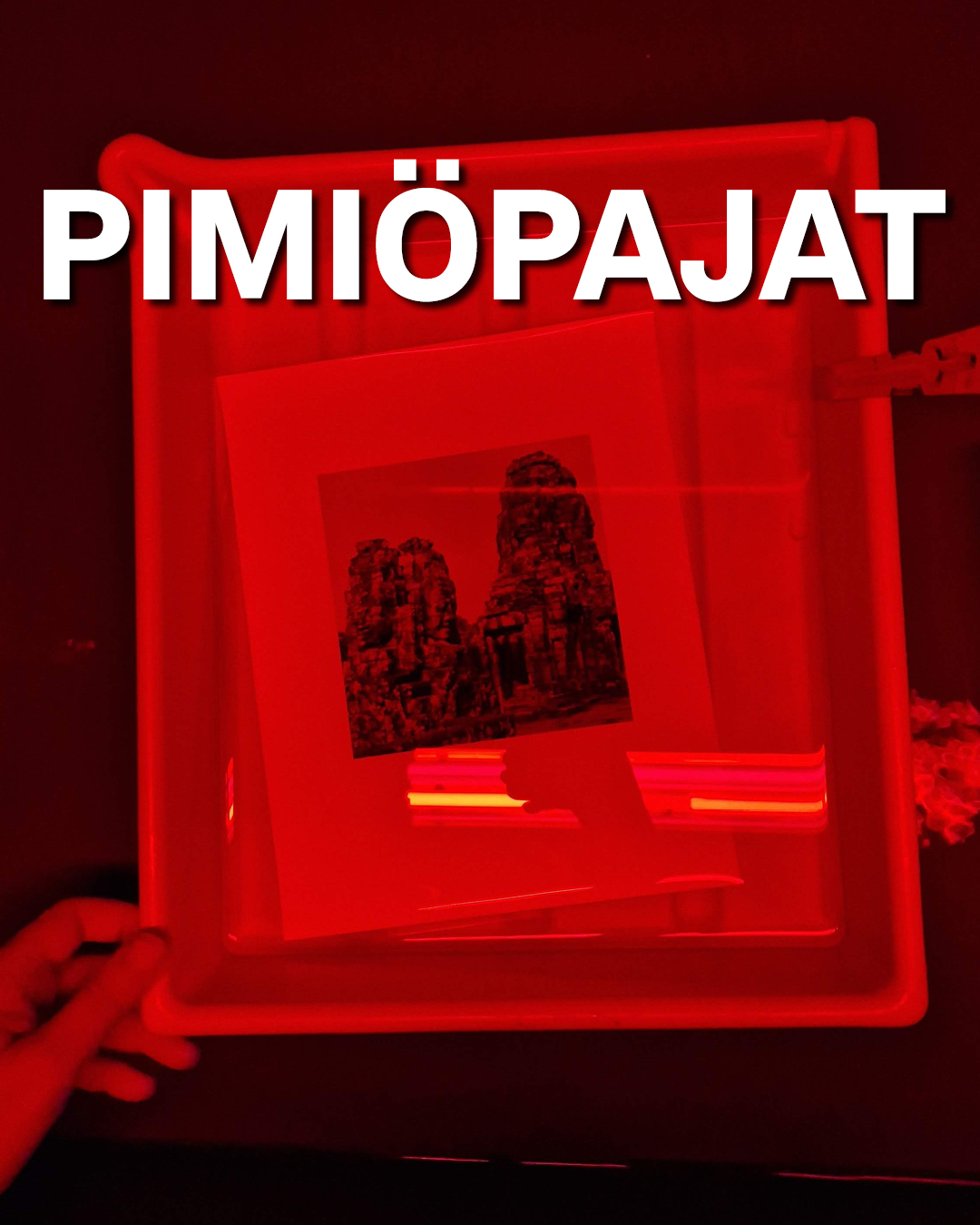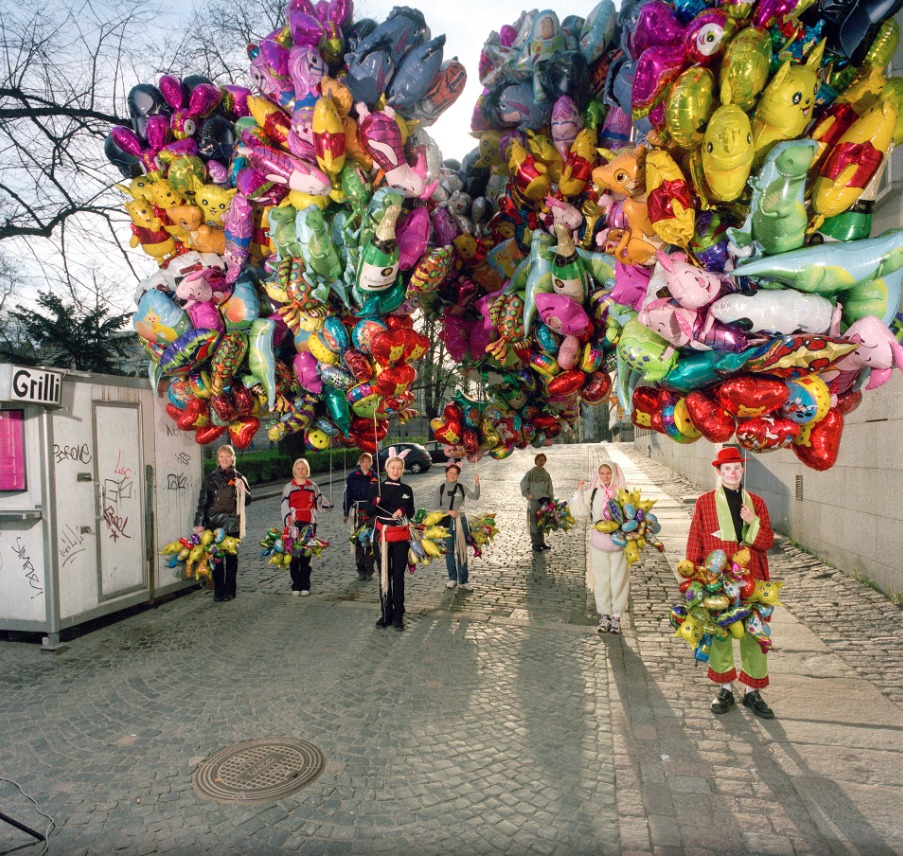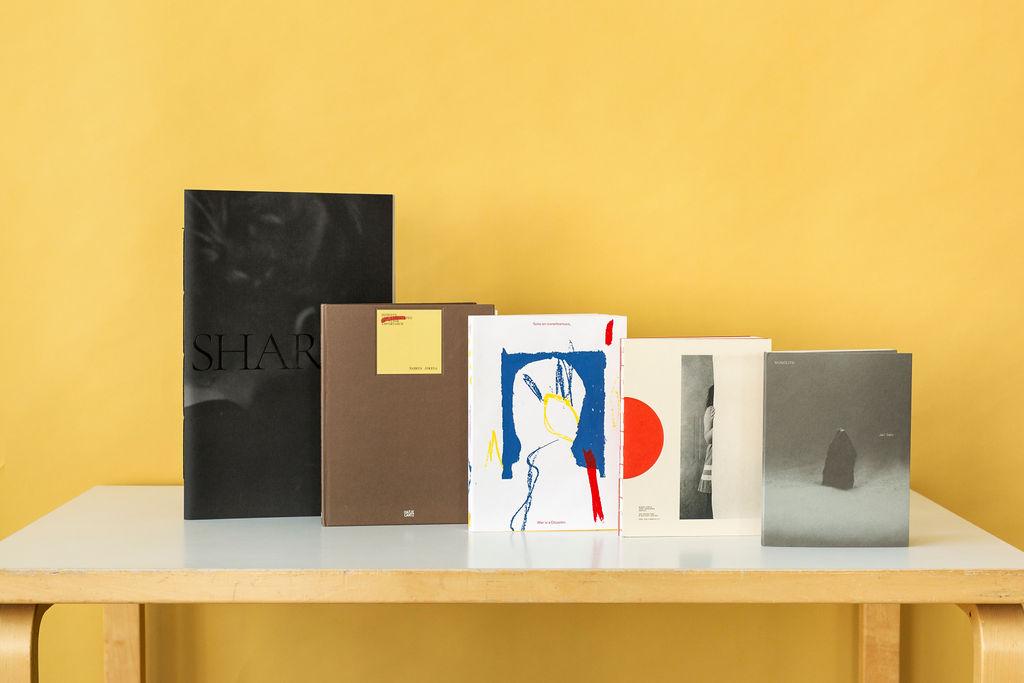2013
The photographic artist Nelli Palomäki (born 1981) has, in recent years, made a breakthrough both in Finland and internationally with her classically beautiful and magically moving portraits. The pieces to be exhibited include both the audience favourites and new intimate and delicate works.
2013
Eeva-Mari Haikala's works explore the terrain between performance, video art, and photography. The exhibition Elle se sentait profondément honteuse is, indeed, an attempt to give an answer to the question of when a work is to be seen as performance art and when it is a work of photography or video…
2012–2013
Maamme (Our Land) is a video work in which non-native Finnish citizens sing Maamme, the national anthem of Finland.
2012–2013
The exhibition Picturing Death asks whether photographs have a role to play in our encounter with death. Photographs will be presented by Pekka Elomaa, Arvi Hanste, Ulla Jokisalo, Ben Kaila, Andrei Lajunen, Arno Rafael Minkkinen, Hans Pauli, Pentti Sammallahti and Seppo Saves.
2012
Instantaneous mood pictures from a legendary collection: self-portraits, still lifes, conceptual art and collages. The exhibition includes Polaroids by big international names ranging from Ansel Adams to Andy Warhol, plus a selection of Finnish Polaroid images. Common features are playful snapshot…
2012
The artist Tanja Koponen (b. 1968) will create an installation In This Room in the Project Space at the Finnish Museum of Photography. In This Room is about the impossibility of photography. Koponen asks whether anything that exists in reality can be caught in a photograph as it is right now, or as…
2012
The Boy Scouts in the picture symbolizes the boy, who early in life is shaped in roles that are difficult to break out of, for example, gender roles and career choices. In the artist Ann Eringstam’s series ”Escape to Reality”, the scouts try to move from an artificial world into an alternate…
2012
The artist Mats Bergsmeden’s beautiful landscape pictures have a grim underside: every photograph is of a place where someone has lost their life in their struggle to get into the EU illegally.
2012
On two weekends in February, photographer Merja Hannikainen (b.1982) and artist Vappu Jalonen (b.1979) set up a studio in the Museum’s Process space. More than 40 participants designed and constructed temporary clothes for themselves out of a pile of fabrics, and were then photographed.
2012
The Swedish artist Marcus Hansson views the world through the torrent of news reports, incorporating news images from the BBC and Al Jazeera into his artworks. In this “souvenir shop” everything is for sale at an affordable price.
2012
What do men in their fifties think? What are their hopes and dreams, and do they come true in the Finland of the 2000s?
2012
In these photographs the night encircles, isolates and simplifies the views. At the centre of observation are the anonymous architecture of the everyday and chance encounters with people. Helsinki becomes a mythical non-place.
2012
Born in Tehran in Iran, Aida Chehrehgosha spent her childhood surrounded by violence and fear. Both her parents took out their frustrations on their children. It was only as an adult that Chehrehgosha began to understand the harshness of her childhood experiences. This led to the series of photographs To mom, dad and my two brothers.
2012
The Significant Places exhibition tells us about the lives of women who have moved to the Helsinki Metropolitan region from various parts of the world. Taking photographs inspired the women to observe their surroundings, to share their experiences, and to communicate both in Finnish and their own mother tongues, and without words.
2012
Strange Love focuses on photographic artist Timo Kelaranta’s (b. 1951) long involvement with photography. As a photographer Kelaranta is a poet, a master of the abstract image and of minimalism, for whom the most important thing in a picture is its form.
2012
In various workshops and independent photography projects, young people have used photographs and videos to investigate and open up their own experiences of Helsinki and their own districts of the city, including Ruoholahti, Kontula and other parts of Eastern Helsinki and the city centre.
2012
In this fifth exhibition by the Kollective group, which began on the Finnish Academy of Fine Arts’ Time and Space Arts study programme, the various works conduct a mutual dialogue. Here taking photographs also becomes a performative gesture, and pictures turn into multi-layered stories.
2012
Participants in a workshop run by the Photo Do organization for professional photographers took on common themes to photograph the present-day realities of eastern and western Helsinki. They had five days. What did Helsinki look like in that week in February? The results are on display at the Finnish Museum of Photography.
2012
What is happening to the European workforce in the middle of the economic crisis? Octavian Bâlea’s (b. 1984) picture series is about people hit by unemployment and about a deserted village. He investigates the changes in the lives of the local community in a city in Germany, from where the jobs provided by the Nokia factory are disappearing, and in a dwindling village in Romania, where all the villagers of working age have left for the new factory.
2012
The artist duo Hamm-Kamanger met in 1998 in a Helsinki kebab-pizzeria where they were both working. Alongside their work it occurred to them to carry out a joint art project, which was shown at Kunsthalle Helsinki in the year 2000.
2011–2012
A hundred Turku residents made more than two thousand self-portraits in workshops run by Finnish and international artists. This exhibition comprising an enormous number of works is being shown in the Finnish Museum of Photography’s Process Space.
2011–2012
Was the Estonian-born J.J. Reinberg (1823–1896) Finland’s first photographic artist? Reinberg’s touching portraits and landscapes open up a view of the Turku of 150 years ago. In these old, salted-paper prints we feel the presence of a different time and society, when the gentry and bourgeoisie,…
2011–2012
When the artists Hannele Rantala and Milja Laurila are making A Room of One’s Own in the museum’s Project Space, they will be creating installations there that deal with limited space, individual autonomy and livelihood, and artistic work.
2011–2012
Raakel Kuukka (b. 1955) belongs to the generation of powerful photographic artists in Finland who came onto the scene in the 1980s. One of the advance guard of photographing women, Kuukka turned her camera onto her own personal and family history. Ever since her debut exhibition in 1985, she has been photographing those close to her: her mother, her siblings, and her own daughter, Rebekka.
2011
The name of the exhibition refers to Lewis Carroll's famous book Alice's Adventures in Wonderland (1865), in which a girl falls down a rabbit hole and ends up in strange places. Like the book, the exhibition moves from depictions of everyday life to fantasy worlds created or presented by the artists, and life is manifested as a ceaseless wavering on the borderline between these two domains.
2011
What does a city look like to a homeless person? Where can you rest, eat or go for a wash? Once your basic needs have been met, what else do you have the energy to notice? And what does it feel like to move from the street into your own home? The seven individual series of pictures in the exhibition in the Process space give us some idea.
2011
Ulla Jokisalo (b. 1955) fills the Finnish Museum of Photography with her photographic works, unique paper cut-outs, needle punctures and embroidery. Object assemblages installed between the picture collages by the artist herself create their own narratives.
2011
When a daughter and mother want to get to know each other better, swapping clothes can help. Photographic artist Kristiina Männikkö contemplates her own relationship with her mother in the series Katse (The Gaze). Looking out of the portrait photographs are the artist in her mother’s clothes and the mother in her daughter’s surroundings.
2011
The Finnish Museum of Photography houses a substantial collection, one that can sometimes surprize even the museum’s own staff with its variety. Gems from this cornucopia of images can now be seen in the Museum’s Process Space.
2011
What does a ladybird see? What kind of photographs would a mole take? How would you like to see the world through an elk's eyes?
Tuula Närhinen (b. 1967) built pinhole cameras with mechanisms that resemble the construction and function of various animals' eyes. She then set up the cameras in places…
2011
Clothes make the man - but what about the child? Visual artist Heidi Lunabba's (b. 1977) series of pictures investigates how clothes and other visual emblems are used to accentuate and define a child's gender. Each child at a workshop has been photographed as both a girl and a boy, and the two pictures have been digitally merged into a single image to make "twins".
2011
Johanna Heldebro’s (b. 1982) often uncomfortably personal work explores notions of obsession, photographic representation and personal boundaries.



